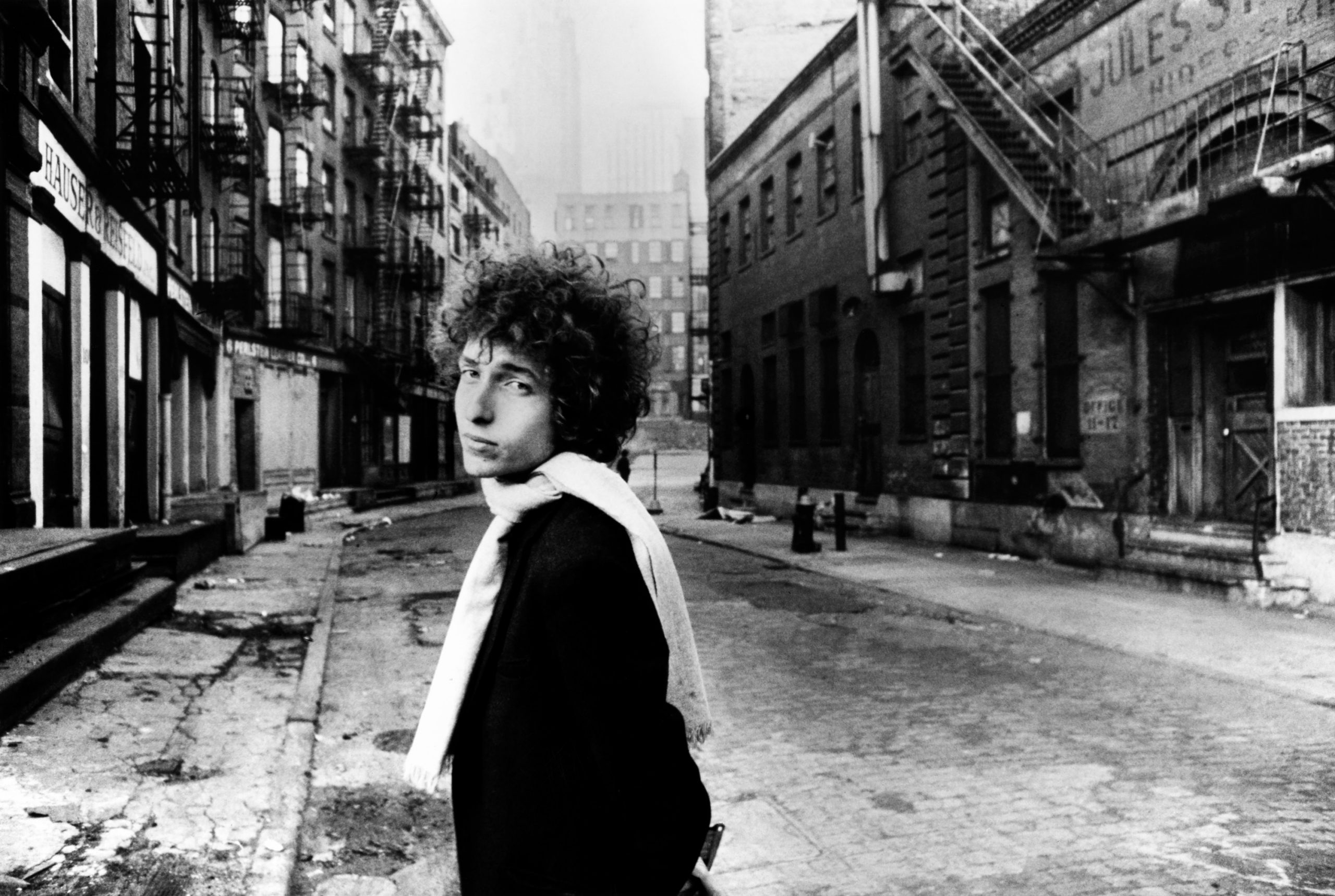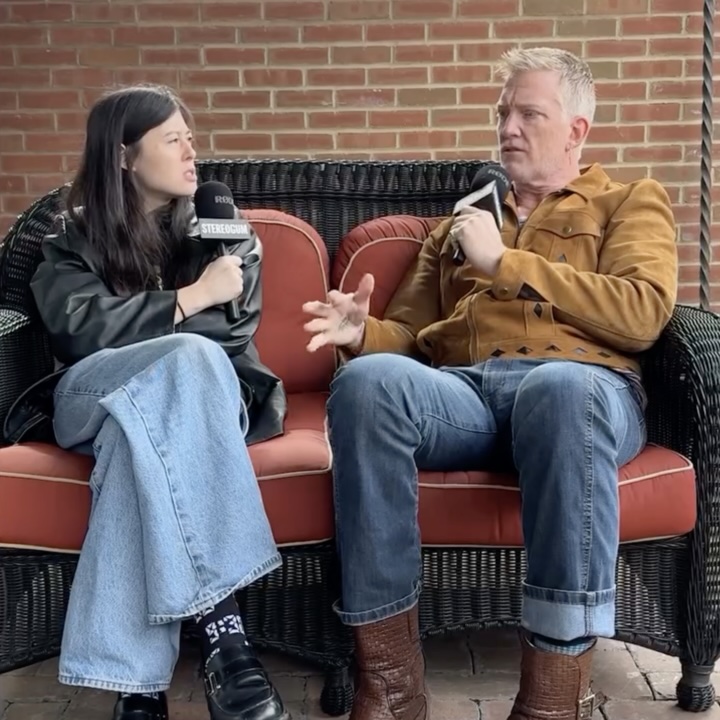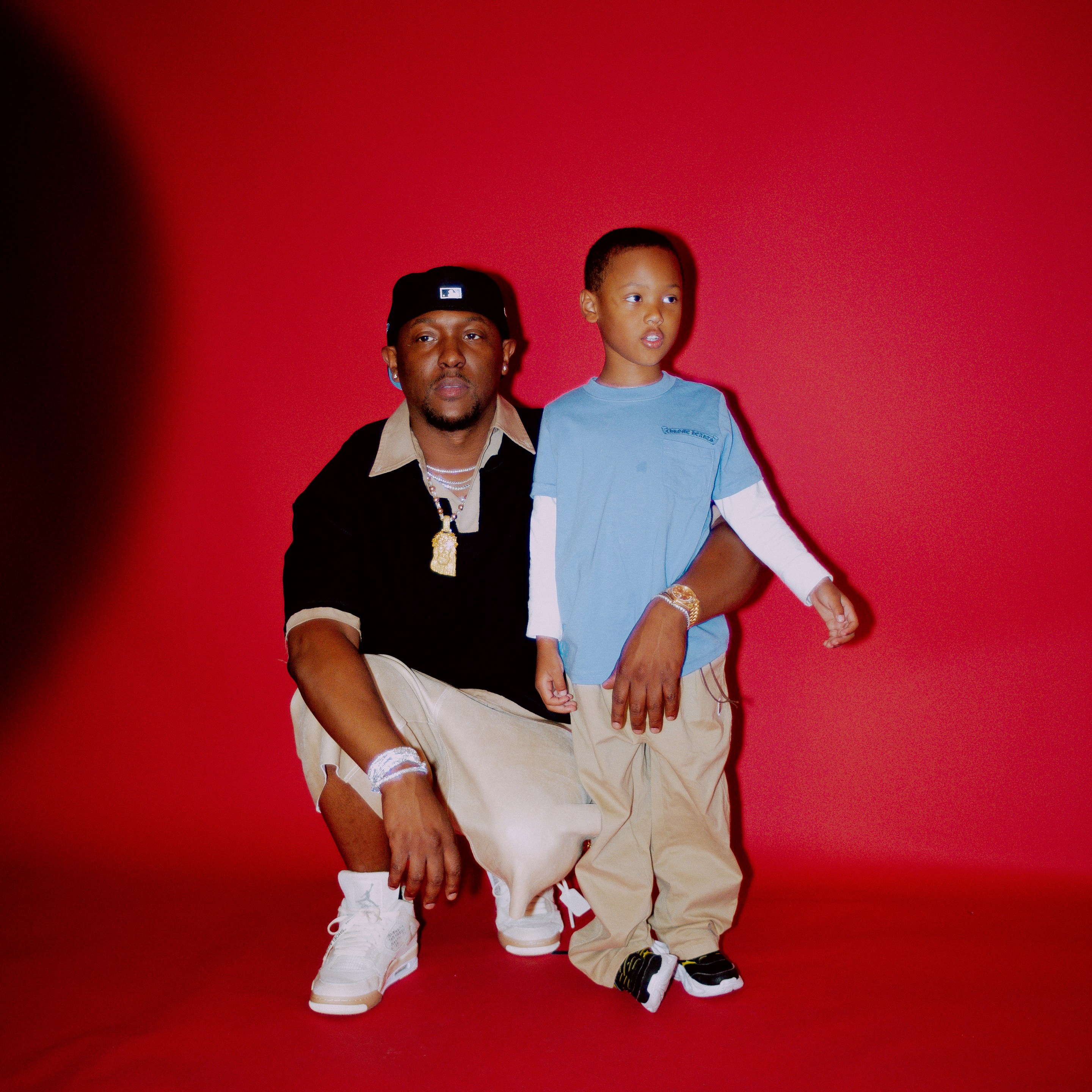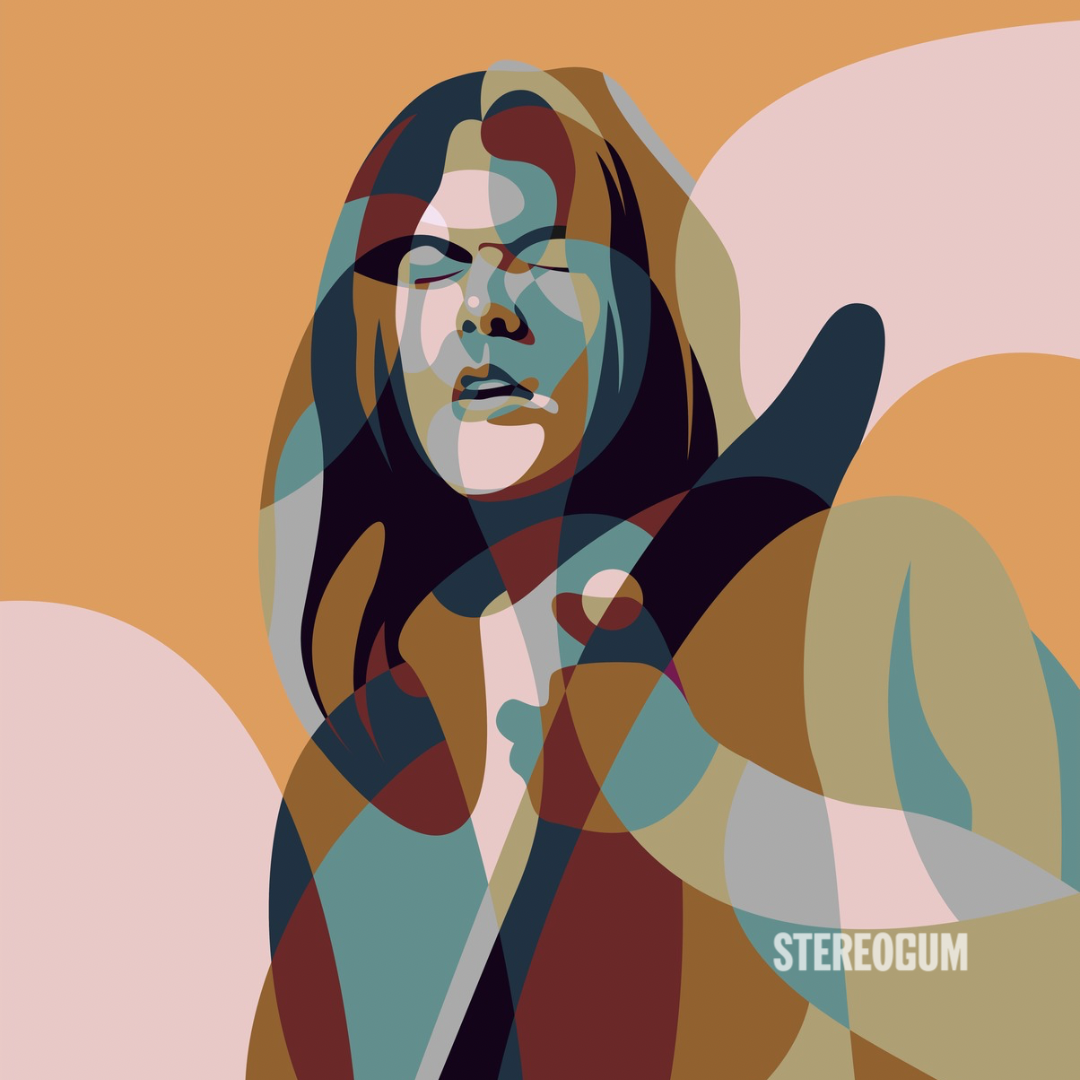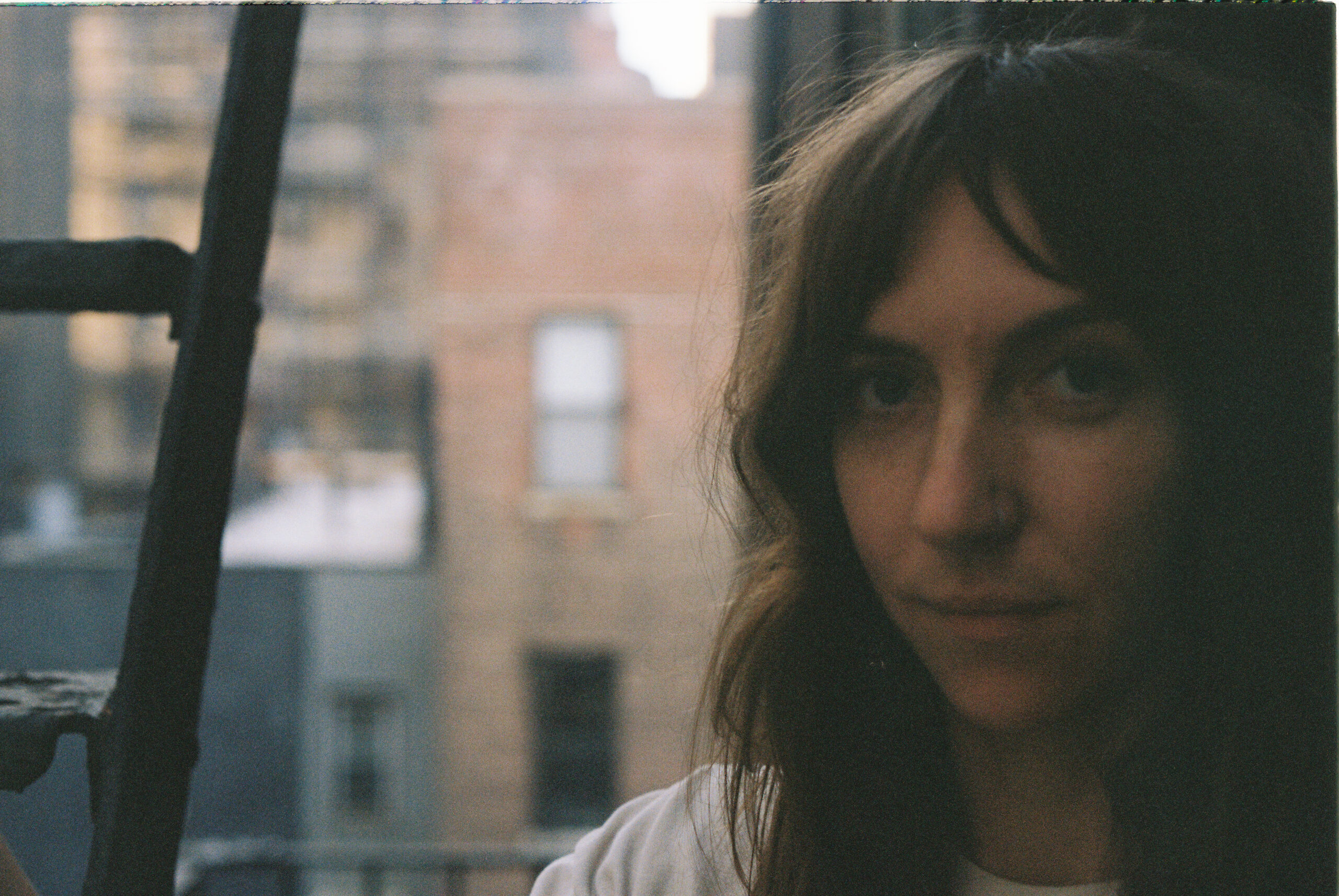If you were a rock photographer in the mid-'60s, being invited to photograph Bob Dylan was perhaps the best thing that could happen to you. You'd get a front-row view to the then-burgeoning countercultural revolution. You'd get to trade wisdom with the tousle-haired genius who wrote "Visions of Johanna.” And, if all went well, you'd have your photo credit slapped onto some of the most definitive iconography of the vinyl era.
Most of all, you'd wind up with great party stories—ones you could continue telling for more than half a century. Just ask the filmmaker and photographer Jerry Schatzberg. He met Dylan in 1965, captured remarkably expressive images of the rocker at work on Highway 61 Revisited, and wound up taking the iconic just-out-of-focus portrait of Dylan that became the cover of Blonde on Blonde. These and other photos from the era are compiled in Schatzberg's handsome new photography book, Dylan By Schatzberg (Acc Art Books).
The book inspired me to reach out to a number of photographers, including Schatzberg, who have worked with Dylan over the years to ask for the stories behind the images. It's hard to describe what makes a great Dylan story, but you know it when you hear it — maybe it captures something of the man's unfailing mystery, his genius, his famously eccentric behavior, or his more vulnerable moments behind the scenes. These are the photographers who have captured some of his most enduring album covers and action shots, and they delivered some fine stories.
Note: Each of the following photographers shared their Dylan stories with me in phone interviews, with the exception of Elliott Landy, who granted me permission to quote excerpts of his book, Woodstock Vision, The Spirit Of A Generation.
1. The weekend Dylan became Dylan

Photographer Rowland Scherman saw Dylan for the first time at the Newport Folk Festival, in 1963. The musician would famously scandalize Newport purists with an electric set two years later, but in '63 he was a 22-year-old folksinger with two albums to his name. Dylan, it seems, was so new to fame that he had not yet grown irritated by reporters and photographers tailing him
"He was wearing a bullwhip,” Scherman recalls. "I don't know why. I came up to him and said, 'I'd like to do a story about you.' He was real nice: 'Oh yeah, that'd be cool.' I took this picture of him, and then a couple hours later he sat down at a songwriters' workshop and started plunking his guitar. There must have been 50 or so people. Joan Baez came and started doing harmonies next to him. The crowd ballooned to 300 or 400 people — surely the biggest audience he ever had up to that point. I crawled up on the stage. They wanted you to take their picture in those days. That's when the world took note: when he was introducing his songs for the first time at Newport.
"The next night, Saturday, he had his big shot on the big stage,” Scherman adds. "He really handled it. He did 'Talkin' World War III Blues' and it was funny. He was really ready for his moment and he grabbed it. And the final night, he came onstage with Peter, Paul and Mary and Pete Seeger and they were singing back-up vocals for him. He went from nothing to this superstar of folk music in one weekend. This was the weekend that Dylan became Dylan.”
Only a month later, Scherman encountered Dylan again at the March on Washington. "He and Joan Baez were singing those harmonies in front of a crowd of 250,000. I was right next to them.” There, Scherman snapped an iconic photo of the two singers (seen above) — Baez staring into the distance, Dylan with his harmonica at his chin — that wound up in the National Archives. The image captures the early promise of the folk movement. It also captures a white singer-songwriter serving as the celebrity front of a racial justice march. Dylan was reportedly uncomfortable with this role, and he rarely played at other rallies afterwards.
"That first time I met him, he was sweet and nice,” Scherman adds. "But he went from nothing to so big a star so quickly, I'm sure everyone wanted a piece of him, and he's sort of a smartass anyway. He lost that innocence pretty quick.”
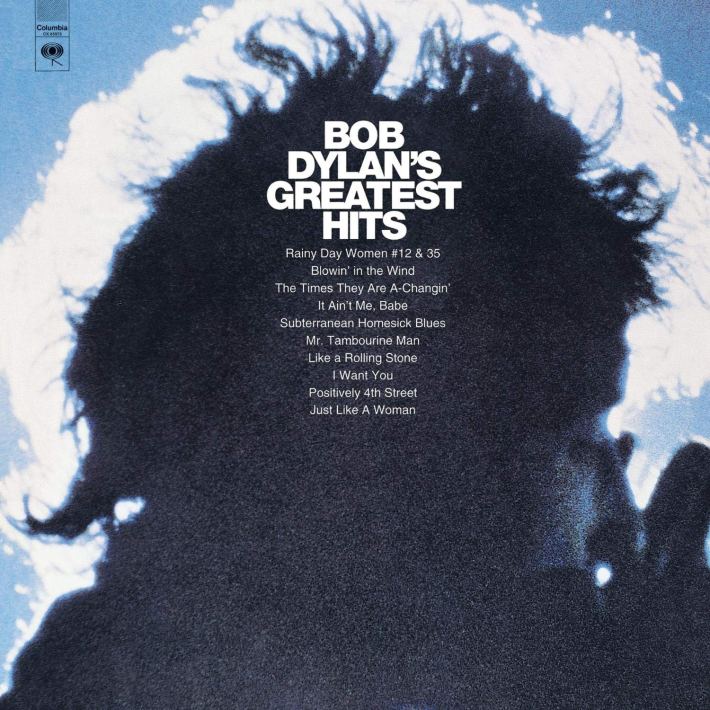
Scherman sometimes calls himself "The Forrest Gump of Photography": always in the right place at the right time. This was very much the case in late 1965, when he attended a Dylan show at the Washington Coliseum.
At that show, "I left my seat and said, 'I gotta get backstage,'” Scherman, now 81, recalls. "They said, 'You can't get backstage here.' I said, 'Fuck you, [I'm] Rowland Scherman, out of my way, beat it!' I was shooting for Life and everybody in those days. So they said OK. I had a 300mm lens and a high-speed ektachrome. I did four or five shots. And I knew I had it.”
When the photos were developed, there was one particularly striking shot of Dylan's silhouetted tangle of curly hair, with a glowing halo around him. Scherman took them to John Berg, the Columbia Records art director. "He picked up the first slide and said, 'That's the next cover,'” Scherman says. And thus the backlit silhouette image became the instantly recognizable cover of Bob Dylan's Greatest Hits. The cover eventually won a Grammy for "Best Album Cover, Photography,” and the record went five times platinum.
"The thing was, Dylan didn't want that shot,” Scherman adds. "He said he didn't like it at the time. But that year, his contract was up and John Berg slipped it in when he wasn't contractually able to stop him. Another photographer [the late Barry Feinstein] did Greatest Hits Vol. II. And it was a repeat of my cover! Dylan liked that one. And Berg said, 'What the hell's the matter with you? You didn't like the first one and now you like the second one -- it's the same shot!' Dylan was real sheepish about it. I guess he realized he was wrong.”
Scherman met Dylan again about eight years later, but the rocker was in a strange mood. "I thought I'd get a hug. I didn't even get a handshake!” As for the album cover? "I think it would be nice if he called me up and said, 'Thanks for that album. I made $400 million on it, you made $300, here's a bonus.' But I don't expect that.”
2. The time Dylan insisted on a blurry photo of himself as the cover of his masterpiece

As Jerry Schatzberg tells it, he was working in his studio one day in 1965 when he overheard rock writer Al Aronowitz talking about Dylan. Schatzberg jumped in: "Hey, next time you see Dylan, tell him I'd like to photograph him.” Dylan's then-girlfriend, Sara, called him the next day with the address where the singer was recording Highway 61 Revisited.
Though they'd never met before, Dylan greeted him like an old friend, says Schatzberg, who is now 91. "As soon as I came in, he immediately wanted me to hear what he was recording. He put on a funky number. There was something between us that worked. He gets very suspicious of journalists and photographers. But we just got along great.” When Schatzberg inquired about four harmonicas sitting in a glass of water, Dylan promptly gave them to him.
Schatzberg began hanging around with the young star—at the studio, in clubs. "We drank, we ate, and we laughed a lot.” He was present on August 28, 1965, when Dylan and his electric backing band were jeered by the crowd at Forest Hills Stadium. "He was saying, 'I don't care what they say, I'm gonna do what I want,'" Schatzberg recalls.
Early the next year, Dylan's manager asked Schatzberg if he was interested in shooting an album cover. He said yes. They tried some shots at the studio. "They were good photographs. But they weren't special,” Schatzberg says. "I wanted to get something more out of it. I asked if he'd go out with me. It was February, and it was quite cold. I thought, well, maybe we'll go around the [Meatpacking District] and see what it brings us. He had a light suede jacket on.”
They arrived in front of a brick building, believed to be 375 West Street, on the west side of Manhattan. Out of solidarity with the shivering rocker, Schatzberg wore a light jacket as well. "The two of us were pretty cold,” he recalls. "We started photographing. It was going pretty well.” Schatzberg shivered and fought to hold the camera still. Many of the resulting images radiated a sense of movement, with Dylan just out of focus. Some viewers interpreted this as suggesting a drug high. "No, it was fucking cold,” Schatzberg retorts in his book.
When the photos were developed, Schatzberg saw that 4-5 of them were a bit blurred. "I liked them a lot, but I figured the record company would never use a blurred picture in those days,” he says. "[But] when Bob saw them, he immediately went to that one and said, 'That's the one I like. Send that.' And that was great. Because usually what Bobby wants, Bobby gets.”
Columbia Records assented, and the blurred portrait of Dylan, tousle-haired and freezing in a suede jacket, became the unforgettable cover of his double-LP opus, Blonde On Blonde.
3. The time Dylan kept a photographer's shirt
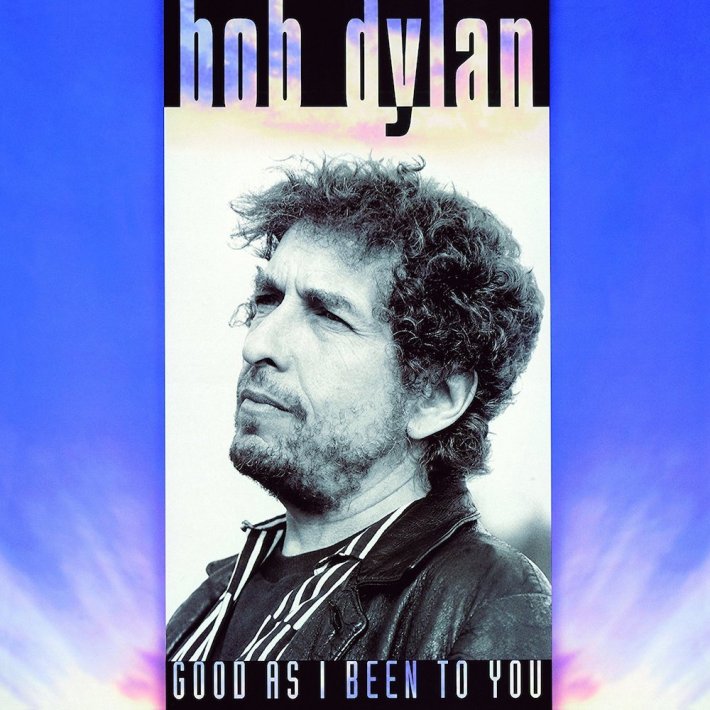
In 1992, a former photographer named Jimmy Wachtel was asked if he wanted to shoot Dylan for an album cover. He said yes. "I didn't even have a camera,” says Wachtel. "So I borrowed a camera -- which I didn't know how to work. And I went out to his house up above Malibu.” The first thing Wachtel noticed were the dogs. "He had these giant dogs. At least three of them. I had my cocker spaniel in the car with me. He said, 'Don't let him out!'”
At first, the shoot didn't go well. "He doesn't speak a lot. To me, at least. I just got that Bob Dylan attitude, you know — not a big smile.” And Wachtel had issues with the borrowed equipment, too. "I shot one roll and then changed the film -- this was prior to digital -- and I couldn't get the film out of the camera. At that point, he said: 'Maybe we should get another photographer.' Anyhow, I persevered.”
There were sartorial problems as well. "He wasn't dressed very well,” Wachtel recalls. "So I gave him my shirt to wear.” The shirt was a black-and-white button-down; Wachtel, thankfully, had a T-shirt underneath. "It looked a little jazzier. I just said, 'Keep that shirt.' He liked it. I liked it, too, but whatever.”
Eventually, after two days of shooting, they wound up with a photo the songwriter was pleased with. Thus, that's Dylan scowling in Wachtel's shirt on the cover of 1992's Good As I Been To You. "That's the one he liked. He liked the attitude. I designed the package, sent it to him, he approved it, and that was it,” the photographer says. Wachtel never got the shirt back. "I'm sure he could afford his own shirt. But I just thought, 'I'll give Bob Dylan a gift.'”
4. The 20-year-old who accidentally shot an iconic album cover

Paul Till has never met Dylan, but he did shoot the profile image that appears on the cover of Dylan's perhaps most beloved album: Blood On The Tracks. More impressively, he was only 20.
You can't exactly tell it's a concert photo, but Till snapped the shot at a Dylan show in early 1974. "I was just in the audience. Didn't even have a photo pass,” the Canadian photographer says. The camera was an old Screw-Mount Leica III; he borrowed the long lens from a family friend's father. The gig was amazing, but his skills were not: "I was an OK photographer. I shot one role of film. The one image is probably the only one that really came out well.”
After the concert, Till chose the best photo and worked some manipulation in the darkroom. In particular, he enlarged the negative onto another piece of film and re-exposed the film to light, resulting in the hazy coloring and dark outline around Dylan's face. Eventually, he made some prints, hand-colored them, and sold a few to fans for $5 a pop.
Later that year, Till decided on a whim to send Dylan his photos. "I looked up his address in Who's Who at the library,” Till says, and proceeded to mail a few images. "I thought maybe I'll get a letter from him saying thanks or something.” Instead, he received a letter from Dylan's art director, Ron Coro. "They said, your picture has been selected for use on the album cover,” Till recalls. He received just $300 in payment. "But the Canadian dollar was worth more then. So I came up with a little less than $300.”
Not much of a payday from having your name credited on one of the greatest damn breakup albums of all time, but the experience did change Till's life for the better. At the time, he'd been mulling over career options and wanting to write poetry. After his photo graced Blood On The Tracks, "I thought, you know what? Maybe I should be a photographer. You can't make any money writing poetry.”
Till has no idea where the original print is. He's convinced Columbia may have lost it. And he still hasn't met Dylan, but a friend of his went backstage at a later show and mentioned the image to Dylan. According to this friend, Dylan responded kindly: "Tell him it was a good picture!”
5. The time Dylan let us see a smile
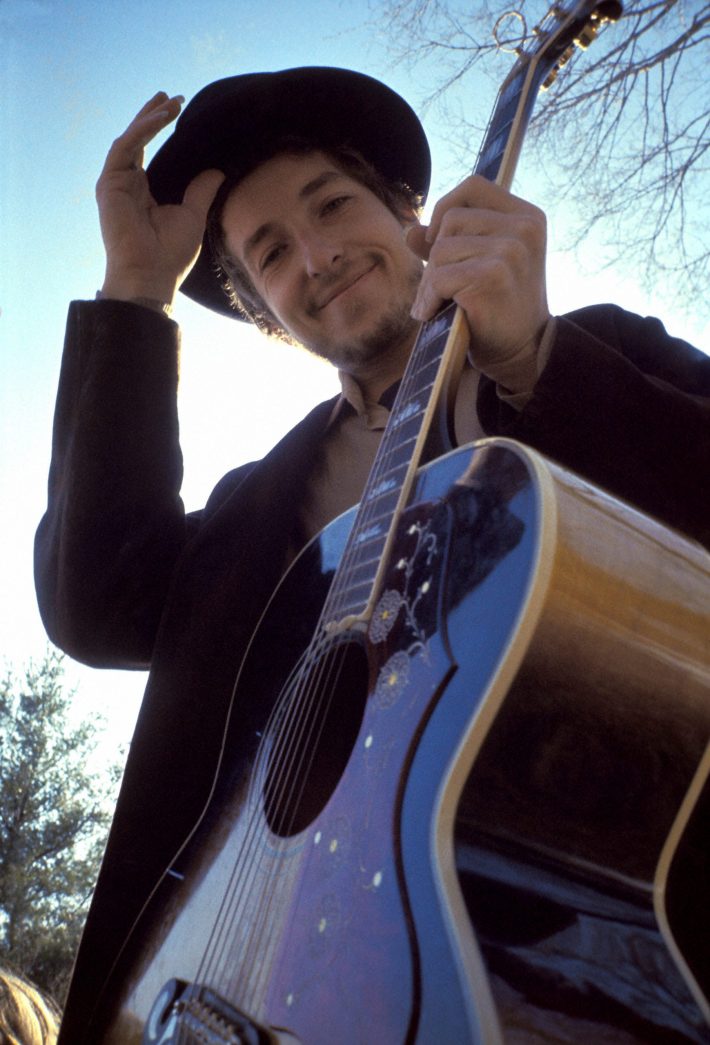
In 1969, Dylan called up Elliott Landy. He wanted a photo of himself for the back of his new country album, Nashville Skyline. The front cover was supposed to be ... well, a picture of the Nashville skyline.
"We had no concepts when we started,” Landy writes in his book, Woodstock Vision, The Spirit Of A Generation. The first couple of tries — images taken in front of a bakery in Woodstock, outside Landy's house — weren't quite right.
"Then on another afternoon I went over to his place,” Landy continues. "As we left the house, he grabbed a hat and asked, 'Do you think we could use this?' I had no idea if it would be good or not, so I told him: 'Take it, and we'll see.' We walked around through the woods behind his house looking for a good spot. It had just been raining, we had boots on, and he was carrying this hat. He paused for a moment, apparently inspired, and said, 'What about taking one from down there?' pointing to the ground. As I started kneeling, I saw that it was muddy but kept going. 'Do you think I should wear this?' he asked, starting to put on his hat, smiling because it was kind of a goof, and he was having fun visualizing himself in this silly-looking traditional hat. 'I don't know,' I said as I snapped the shutter. It all happened so fast. If I had had any resistance in me, I would have missed the photograph that became the front cover.”
The photograph's joyful glow is immediately recognizable. "It was the first picture of him smiling,” Landy writes, "and in my opinion reflects the inner spirit, the loving essence of the man behind all the inspiring music.”
And, despite Dylan's original plan, it became the record's cover, complementing the relaxed, understated tone of Nashville Skyline. "Every review of the album mentioned his smile on the cover,” Landy writes. "No one talked about the photograph itself. For me, that is requisite for a 'good' photograph. The medium itself should be invisible.”
